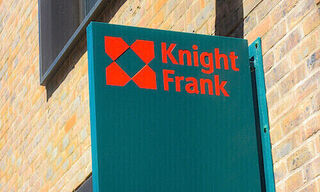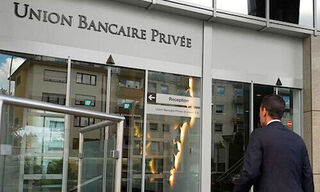Despite a severe slump in equities and bonds last year, opportunities for positive returns remain intact. A long-term study by Pictet shows one effect, in particular, is having an impact.
Those who show patience and diversify their investments are usually rewarded, as is shown by a long-term study from Pictet on the returns of various asset classes.
Since 1926, no one who invested in Swiss equities with an investment horizon of at least 14 years would have recorded a loss on their original investment. With a typical Swiss portfolio with allocations of 60 percent for bonds and 40 percent for equities, this period was reduced to ten years.
Historic Downturns
Still, the 60/40 portfolio is not bulletproof. Last year was the fourth worst year in real and nominal terms since 1926, with one-third of the losses attributable to the central bank-driven exit from negative interest rates, as authors Jacques Henry and Djâafar Aballeche calculated.
Considered separately, the past year was the worst for Swiss bond yields in real and nominal terms since 1926, and the eleventh worst for Swiss equities.
Equities Doubly Good
The results look very different when Pictet uses data from the past century. Since 1926, the annual return on a 10-year investment in Swiss bonds has been on average about half as high in nominal terms as for Swiss equities with 3.9 percent versus 7.7 percent. In real terms, the average annual return on a 10-year investment in Swiss bonds was 2.0 percent, compared with 5.6 percent for Swiss stocks.
If 1,000 francs had been invested in Swiss equities in 1926 and left untouched, it would have resulted in a total of 830,000 francs, taking into account costs of 50 basis points.
Millionaire in a Century
For this amount to grow to 1 million francs, a return of 6.4 percent is required over the next three years. The authors say this is not far-fetched because the return is close to the long-term average.
To become a millionaire, the magic of compound interest works alongside a lot of patience, at least in the years without negative interest rates.


























